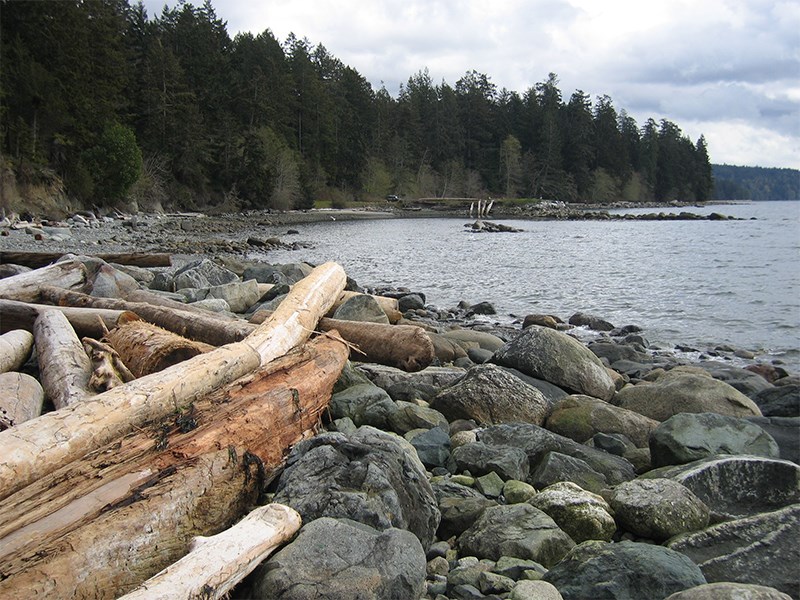As Texada Island embarks on revisiting its land-use plan, Powell River Regional District’s board has accepted a study recommending the local government play a greater role in managing landslide and flood hazards.
Similar to the study conducted in Electoral Area A for last year’s renewal of its official community plan, the Texada study will provide information for an informed debate over the next year as island residents revisit their own official community plan.
Regional district manager of planning Laura Roddan said her department undertook the hazards study as part of a common approach throughout regional districts in the province.
“The approach taken here is consistent with most regional districts in the province,” said Roddan.
Under Section 473 of the provincial Local Government Act, local governments are required to consider land-use restrictions for areas subject to hazardous conditions. The study makes a high-level assessment of landslide and flood hazards on the island, building on the last study, completed for the 2005 official community plan (OCP) process, that looked at a limited area of shoreline around Texada communities Van Anda and Gillies Bay.
Electoral Area D director Sandy McCormick said the recent study identifies some known areas, but the study’s wider scope brings more information and new concerns to the table for discussion.
“I can see that being a concern to residents in the particular areas,” said McCormick. “It’s good information needed to form the whole context of the OCP discussion.”
The primary recommendation of the study, similar to other studies that looked at geotechnical hazards in electoral areas north and south of Powell River, is that the regional district board should consider adopting development permit areas over lands identified with potential hazards, said Roddan.
“Development permit areas become a trigger for property owners to get site level assessments done prior to developing or redeveloping a property to ensure any structures are built in safe locations,” she said.
McCormick said she hopes island residents will attend monthly advisory committee meetings that started this month to help form the direction of the updated plan.
“If there are concerns about land use in those areas, and there may well be once we have had a chance to look at it as a committee, then that’s the right place to make those concerns known,” she added.
McCormick said she does not know whether Texada residents would consider allowing the expansion of development permit areas on the island at this time.
“Whether we would go the route of development permit areas, I can’t say,” said McCormick. “That has not been done in the past, for good reason. It is something the local population would welcome no more than the folks in electoral areas B and C would.”
According to Roddan’s report, the study, done by geotechnical consultants Tetra Tech EBA, came in on time and on budget. The regional district board approved a $25,937 budget for the study in the 2016 financial plan.



